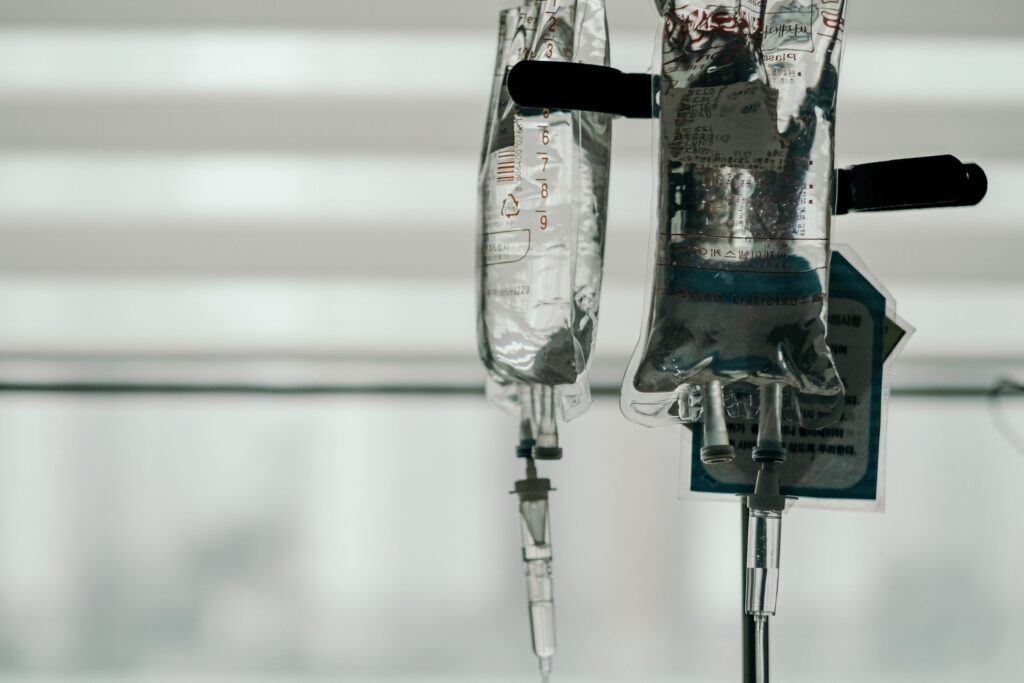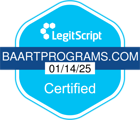Healing the Damage of Intravenous Drug Use
The data behind intravenous drug use is not widely known, and people in addiction recovery who previously used the IV technique face unique challenges as they work to improve their overall health. The medical terminology for IV drug users is PWID, which stands for persons who inject drugs. Although all methods of drug misuse are harmful, those who inject substances are at a higher risk for additional health complications. Thankfully, with modern substance use disorder treatment, patients can receive the care they need, but their experiences remain cautionary tales.
What is Intravenous Drug Use?
Introducing potent drugs directly to the bloodstream with the use of a needle is believed to provide a more immediate and intense high because the substances bypass the liver, where they would lose some bioavailability. PWID usually aim to penetrate a vein or artery for injections, but there are rare cases where drugs are inserted into muscular areas, also called subcutaneous injections.
Despite media portrayals of drug users, it’s rare for people to begin misusing drugs through the IV method. Most graduate to injecting substances as they seek out ways to obtain faster, more powerful highs due to increased tolerance. The most commonly injected drugs are heroin, amphetamines, MDMA, ketamine, prescription opioids, and several others. Injection sites among PWID vary, but veins in the arm, thigh, hip, and buttocks are the most common. Some people will use more concealed areas like between toes and other discreet places to hide evidence of IV use.
IV Drug Use Health Risks and Treatment
With every injection, veins incur damage and exposure to bacteria found on the skin and from dirty and dulled needles. Many PWID will face complications like IV abscess, collapsed veins, blood clots, blood infections, endocarditis, and other serious conditions such as HIV, hepatitis C, and potentially fatal sepsis. While life-saving therapies for many of these ailments exist, IV drug users tend to require a higher level of care when attending substance use disorder treatment.
Medication-assisted treatment has been shown to reduce opioid use among the estimated 1.29-2.59 million PWID in the United States. The comprehensive treatment method allows patients to treat IV-related comorbidities through regular visits with their attending medical provider and also provides essential substance use counseling that addresses the psychological factors attributed to intravenous drug use. An outpatient treatment format also helps PWID prepare for transition into a life free of substances while also encountering everyday stressors and triggers, something that isn’t possible in inpatient treatment. The affordability and flexibility of outpatient recovery programs also make much-needed addiction treatment much more accessible to PWID since many face homelessness, job loss, and financial instability.
BAART Programs deliver substance use disorder treatment for those looking to achieve long-lasting recovery. The specialized medical providers and nursing staff treat all patients with the dignity and respect they deserve as they work to improve their mental and physical health and a life free from addiction. To learn more about medication-assisted treatment and the programs available at BAART, message or call a local clinic today.



